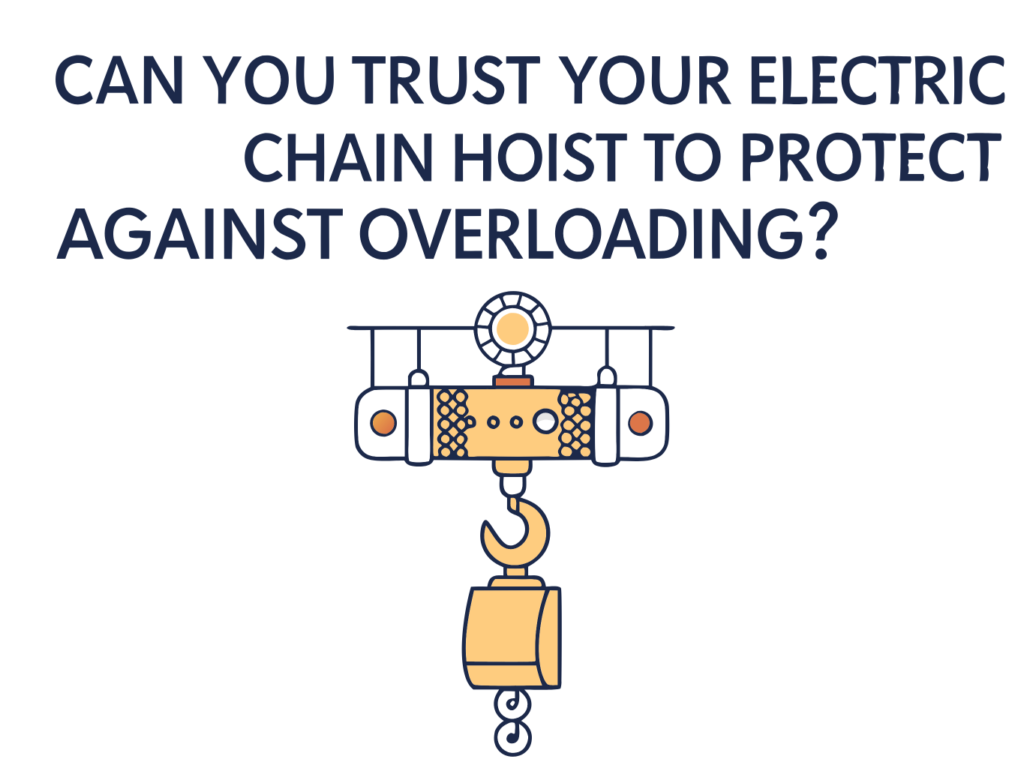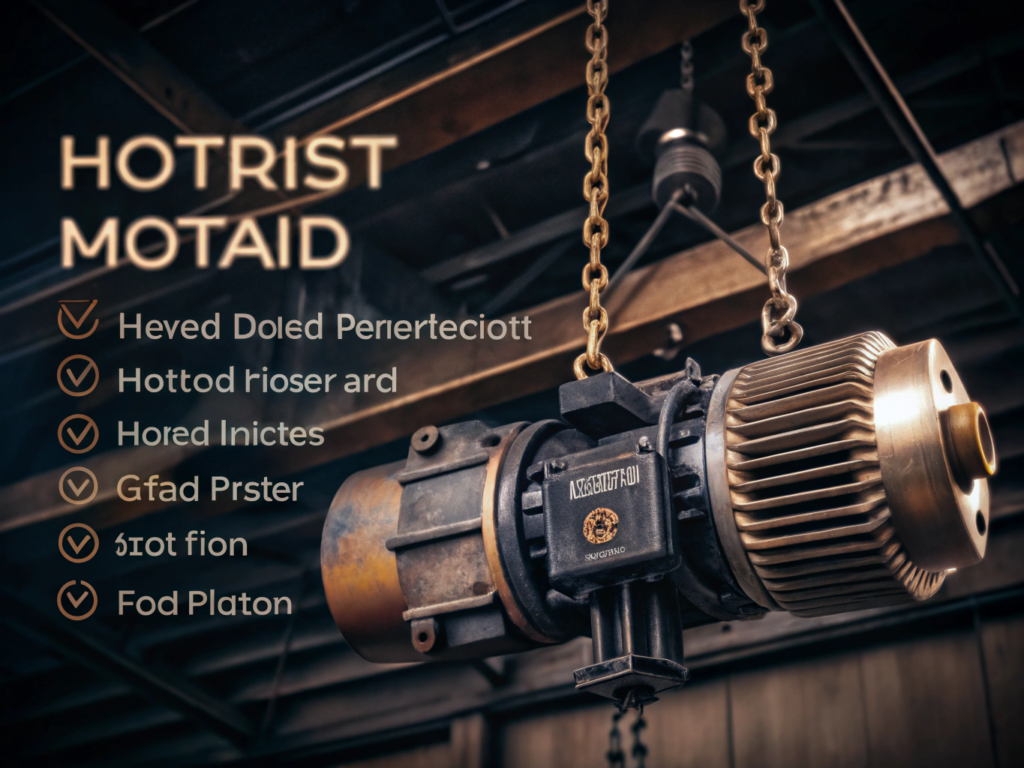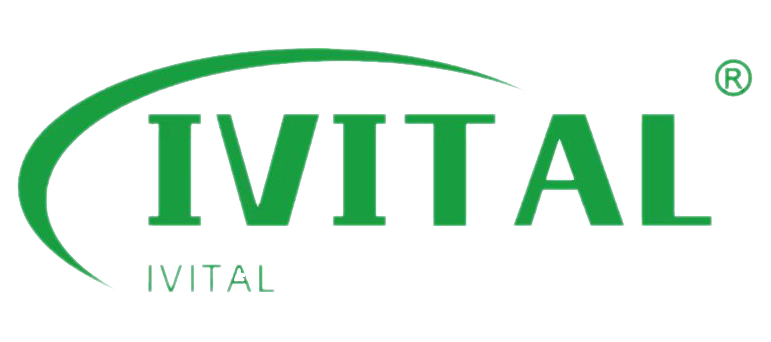
When you’re lifting heavy loads, the risk of overloading is always a concern. But can you trust your electric chain hoist to prevent overloading? It’s crucial to know if the hoist you’re using has reliable overload protection. If not, you could face equipment failure or even safety hazards.
Electric chain hoists come with overload protection systems like thermal relays, slip clutches, and friction clutches. These systems are designed to automatically stop or disengage the hoist when the load exceeds its rated capacity, ensuring safety and preventing damage.
I’ve seen how these overload protection systems can make a huge difference. In one of my past jobs, we avoided costly repairs and potential accidents simply because we trusted the hoist’s overload features. Let’s dive deeper into how these systems work.
Table of Contents
- What is Overload Protection in an Electric Chain Hoist?
- What is the Difference Between a Manual Hoist and an Electric Hoist?
- What is the Limit Switch on an Electric Hoist?
- How Does an Electric Hoist Protect Against Overloading?
- What Are the Benefits of Overload Protection in Hoisting Operations?
- How Do Overload Protection Systems Extend the Lifespan of Your Hoist?
What is Overload Protection in an Electric Chain Hoist?
Overload protection is the system that prevents a hoist from lifting more than its rated load capacity. It’s essential for protecting both the hoist and the workers involved.
Overload protection ensures that the hoist doesn’t exceed its rated capacity. When the hoist detects an overload, the system activates and prevents the motor from running, avoiding serious damage or accidents.

How Does Overload Protection Work?
There are several ways that electric hoists prevent overload. Here are a few common methods:
| Protection Type | Description |
|---|---|
| Thermal Relays | These stop the motor if it overheats due to an overload, protecting the motor from damage. |
| Slip Clutch | The clutch disengages the motor when an overload occurs, stopping further lifting. |
| Friction Clutch | Similar to a slip clutch, it prevents overload by slipping when too much pressure is applied. |
What is the Difference Between a Manual Hoist and an Electric Hoist?
When comparing manual hoists and electric hoists, the biggest difference lies in the effort needed to operate them. But, does this affect their overload protection?
Electric hoists are powered by motors, which means they are more prone to damage if overloaded. They often come with more advanced overload protection compared to manual hoists, which only use mechanical systems to lift loads.
Why Does This Matter for Overload Protection?
Since electric hoists are used for heavier, more frequent lifts, the risk of motor failure is higher. That’s why it’s essential to have an overload protection system in place to safeguard the equipment and keep operations safe.
What is the Limit Switch on an Electric Hoist?
Electric hoists also come with a limit switch. But what does it do, and how does it help with overload protection?
The limit switch is designed to stop the hoist from moving once it reaches its maximum lifting height. This prevents the hoist from stretching beyond its intended range, reducing the risk of overloading.
Why is the Limit Switch Important?
Just like overload protection, limit switches are a safety feature. They prevent damage to the hoist by ensuring it doesn’t operate beyond its design limits. Without this, a hoist could keep lifting, potentially leading to a dangerous situation.
How Does an Electric Hoist Protect Against Overloading?
So, how does your electric hoist actually protect against overloading? Let’s take a closer look at the systems that work together to prevent damage.
Electric hoists use multiple safety mechanisms such as thermal relays, slip clutches, and limit switches. These systems ensure that the hoist stops functioning before the load exceeds its rated capacity.
The Combined Power of Protection Features
In my experience, relying on a single system is not enough. That’s why most electric hoists come with a combination of protection features. For instance, while the thermal relay prevents motor overheating, the slip clutch disengages when an overload occurs. Together, they offer a comprehensive solution to prevent damage.
What Are the Benefits of Overload Protection in Hoisting Operations?
Why should you care about overload protection? It’s more than just a safety feature; it’s an investment in your hoist’s longevity and the safety of your workers.
Overload protection helps keep operations safe, reduces the likelihood of expensive repairs, and ensures that your hoist will last longer by preventing unnecessary strain.
Real-Life Example: How Overload Protection Saved Us
In one of my past projects, we had a hoist with poor overload protection. After a few incidents where the hoist failed under heavy load, we decided to upgrade to a model with better protection features. Since then, we’ve had fewer breakdowns, and operations have run much smoother.
How Do Overload Protection Systems Extend the Lifespan of Your Hoist?
How do overload protection systems contribute to a hoist’s longevity? Let’s explore this question further.
By preventing overloads, these protection systems reduce wear and tear on the hoist, especially the motor. This leads to fewer repairs and a longer lifespan, saving you money in the long run.
Saving Money Over Time
In my experience, hoists with reliable overload protection systems have required far fewer repairs than those without. The upfront cost of these systems is small compared to the savings they provide in reduced downtime and maintenance.
Conclusion
Overload protection is essential for ensuring the safety and longevity of your electric chain hoist. Always check that your hoist includes this feature to avoid potential risks and to save money over time.
For further reading on overload protection and its importance in hoisting operations, check out this guide on overload protection devices.


